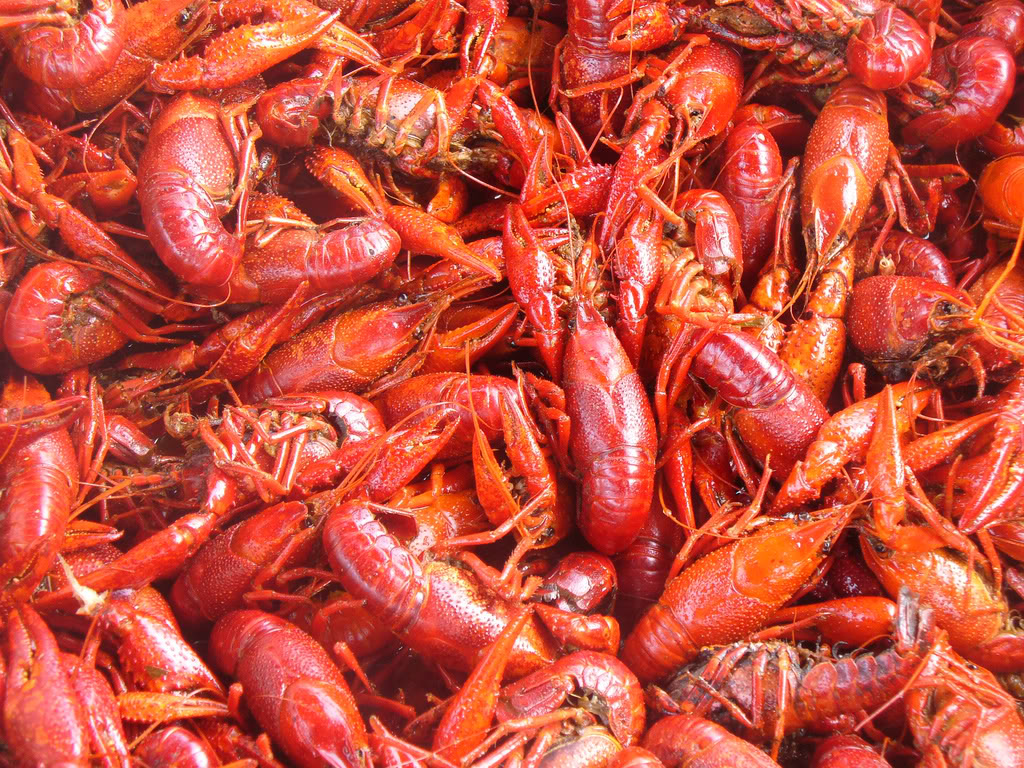
Since it’s the Christmas Season now, ’tis the season for baklava in this house. Yes, I know, I know. That is so un-Cajun, it’s not even funny. But ya can’t argue with the taste. Fa real. My family swears I put crack in this shit. I’m not even joking. When it’s homemade, the store-bought stuff at Sam’s doesn’t even compare. It’s labor-intensive, so there’s a lot of love and sometimes a lot of cussing going into this dessert. I have had several (well, more than several) people ask me to show them how to make it. I’ll start with this blog entry and if anybody needs an in-person class at my house, that can be arranged!
There are two ingredients in this stuff that you can’t just pick up at Walmart. Phyllo dough and mazaher (which is orange blossom water in English.) The phyllo dough is easy enough to find at Albertson’s, and most likely at Cedar Deli and Grocery on Jefferson in Lafayette. You may also find the orange blossom water at Cedar Deli. If not, there’s always Amazon. Do not pay more than 8 or 9 bucks a bottle. Anything over than that is highway robbery. This ingredient is the key to making your syrup aromatic and have that something-you-can’t-put-your-finger-on-but-damn-it’s-good thingy. Another thing I use mazaher for is cakes. A tablespoon or two even in boxed cake mixes makes all the difference in the world!
A word on phyllo dough: It’s a bitch to work with. It’s delicate and dries out incredibly fast. Like, you need to go pee, have a smoke, eat lunch, whatever, before you even open the package. So don’t open it until you’re ready to work with it! If you MUST leave it for more than ten minutes or so, for God’s sake, cover it with a damp cloth or damp paper towels!
Here’s the list of ingredients for the pastry you’ll need (I’ll do the ingredients for the syrup afterward so as not to confuse you):
1 lb. of phyllo dough (usually the boxes are 1 lb.)
3 or 4 sticks of butter (I said butter. Don’t get me started on margarine and oleo. Don’t you dare use that shit.)
About 4 cups of finely diced walnuts
1 tsp. cinnamon
1/3 cup of white sugar
butter-flavored cooking spray
Sheet pan (not a cookie sheet–it should have at least a 3/4″ lip on it)
Dump the walnuts into a Tupperware container and coat them lightly with the cooking spray. This helps the cinnamon and sugar stick to them. Shake in 1 tsp. of cinnamon and 1/3 cup white sugar. Close the container and shake it baby, shake it! Set it aside. You can always pick it up later if you need to shake your booty. Melt two sticks of butter in the microwave (and again, I said butter. It doesn’t have to be Kerrygold, as long as it’s butter and NOT margarine, oleo or any of the near-plastic oil/water emulsifications on the market. And please don’t even try the “healthy” spreads. This is baklava, not vegan pizza. Stop that nonsense.) Using a pastry brush (I have a very wide one that I can cover my pan with in three swipes–saves on labor and time), coat the entire sheet pan with butter. If you even think you need to pee, go do it now. Not kidding. NOW you can open the phyllo dough package and unroll the sheets. The package usually tells you how many sheets are in it. You’re going to layer half of those sheets at the bottom, completely brushing each sheet with butter. Every. Single. One. And don’t be stingy with the butter. If the sheet is a little wider than the pan, drape it over the side, brush the sheet with butter, and fold the edge over so it fits in the pan (and don’t forget to brush it with butter.) Alternate the draped sides so that the baklava stays relatively even. After you’ve layered half of the sheets, spread your walnut/sugar/cinnamon mix over the entire pan. Then start on the second half of the sheets. At this point, you may have to microwave another stick of butter. To make that first sheet easier, instead of brushing it with butter and risk tearing the bejeezus out of it, just spray it with butter-flavored cooking spray. I’m not kidding. You’ll find when you add subsequent sheets, it gets easier. Once every sheet is layered in buttery goodness, you’re going to preheat your oven to about 375 degrees. Maybe 350. This is not an exact science–it’s an art! Cut the baklava before you bake it. Personally, I cut 20 rectangles in the sheet pan and then cut all those rectangles from corner to corner to form two triangles per rectangle. Make sure you cut all the way to the bottom. You may have to hold the top layers in place because it’ll shift sometimes. Make sure you use a non-serated knife, such as a santoku or chef’s knife. Serations will catch the sheets at the bottom and you’ll have a shredded mess on your hands. Cover the whole thing with foil and slide it into your preheated oven.
While the baklava is baking, start making the syrup. These are the ingredients to make the syrup:
1 cup water
1 cup white sugar
1/2 cup honey
2 tablespoons mazaher/orange blossom water
1 teaspoon lemon juice (optional–personally I omit it)
Mix water, sugar and honey in a sauce pan on medium heat until it comes to a gentle, very low boil. Stir it constantly. More like a vigorous simmer. Continue for about 15 to 20 minutes until the liquid starts to coat your spoon. This stirring releases some of the water and reduces the liquid to a slight syrup. Remove from heat and add 2 tablespoons of mazaher (and lemon juice if you’re so inclined). Let the syrup cool until the baklava is done.
Check on your baklava at about 30 minutes. If the edges are starting to brown but the middle is not, it’s time to take off the foil so it can all brown. You have to watch it carefully because the bottom layers will brown quickly and burn if you’re not observant. Add another 10 to 20 minutes, watching the baklava to make sure it isn’t burning to a crisp. When it’s nice and golden brown on top, it’s ready! Pull the pan out of the oven and spoon the syrup evenly over the hot baklava. It’ll sizzle and maybe rise a little bit. What’s happening is that the syrup is cooling the baklava and forcing it to soak up the syrup. Let the pan cool. For serving, I use paper baking cups. I flatten one, place a triangle piece of baklava on it, and fold the edges along the triangle edges. Enjoy!
I have been told that leftover baklava freezes very well. I’m confused. What the hell is leftover baklava???
